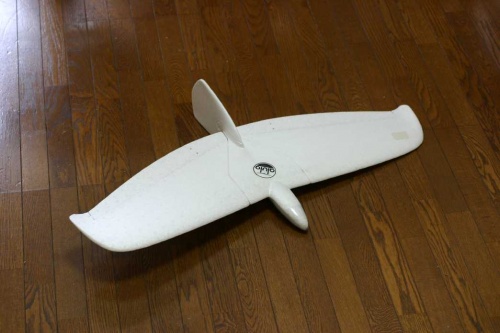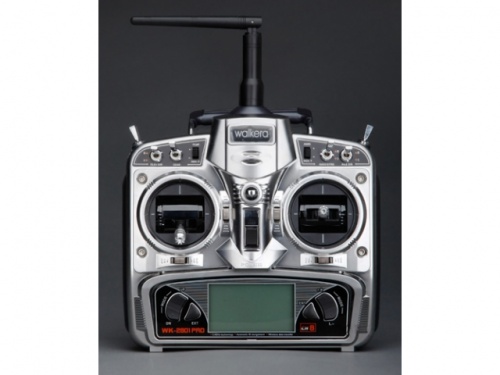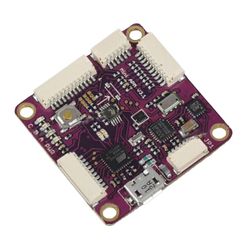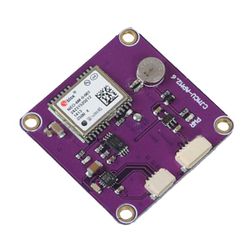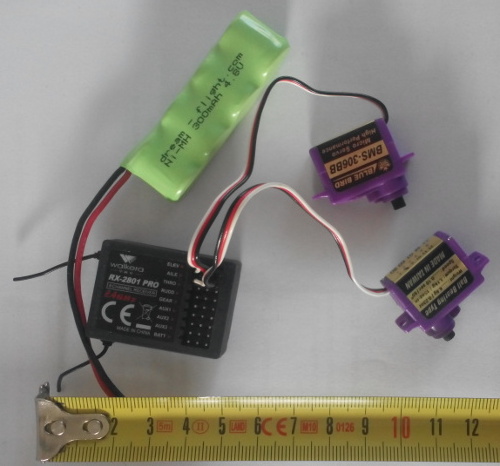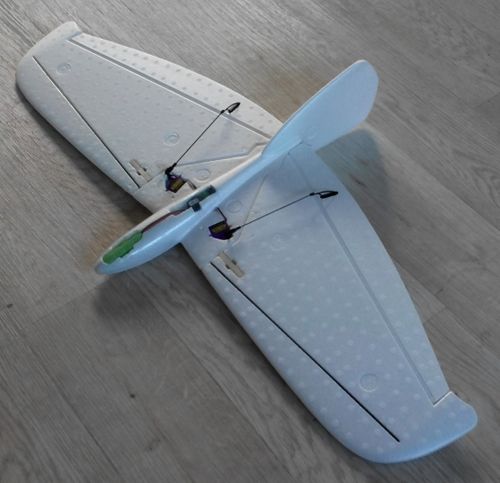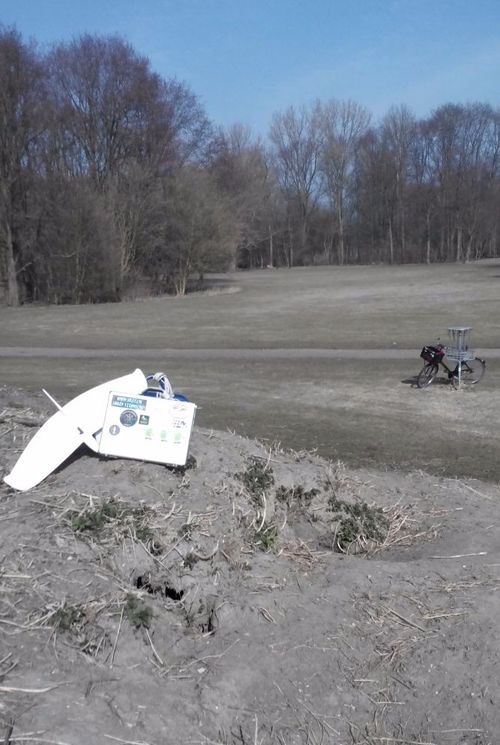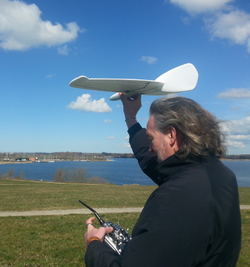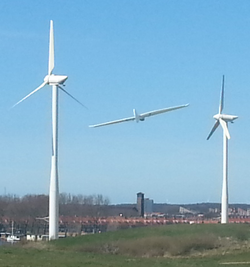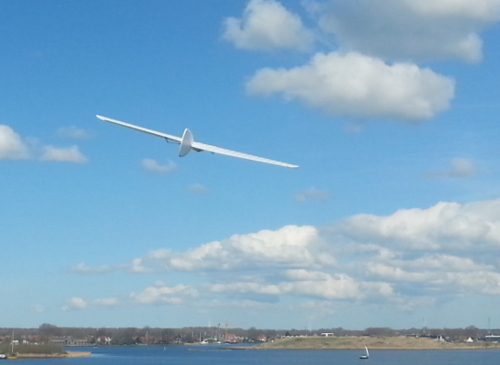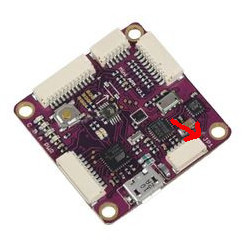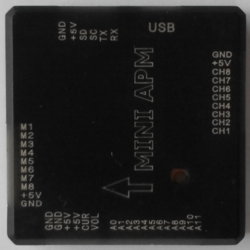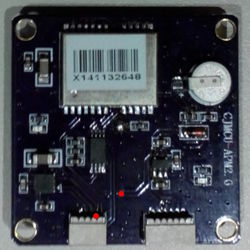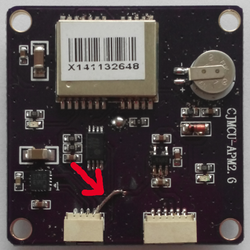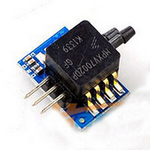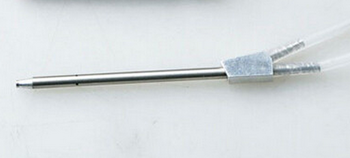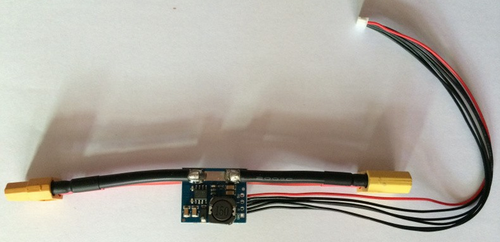Drone 1-2-3
| Projects | |
|---|---|
| Participants | Cyberdutch |
| Skills | RC planes, Arduino |
| Status | Active |
| Niche | Electronics |
| Purpose | Fun |
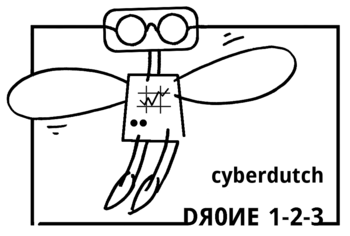
Contents
- 1 Drone 1-2-3: An autonomously flying wing glider
- 2 Feb 16, 2015 - R/C equipment tested - Check!
- 3 Feb 24, 2015 - Planned test flights (R/C) & Flying sites
- 4 March 17, 2015 - Some real world flying (R/C) - Check!
- 5 April 5, 2015 - More R/C flying, Starting with the ArduPilot hardware & Ordering more parts
Drone 1-2-3: An autonomously flying wing glider
Drone 1-2-3 is a glider drone based on the Alula urban flying wing (parts already there), a Walkera WK-2801 PRO R/C (in my attic) and an Arduino based auto-pilot for stabilization and navigation.
So far the only parts that needed to be ordered were: A Mini APM v3.1 (ArduPilot 2.6) and an external compass/GPS (Ublox NEO 6M GPS HMC5883L). Total costs: Less than 47 euro, including (free) shipping and (delivery free of) taxes.
Steps in this project:
1. Build the plane (trim and fly)
2. Make it remotely controlled (R/C)
3. Teach it to fly autonomously
The secondary goal of this project is: Extended flight time (longer than a day?).
The coexisting primary goals are planet domination, colonizing of space and sheer fun.
Feb 16, 2015 - R/C equipment tested - Check!
After not using it for 5 years, the Li-Po battery pack of the transmitter was showing no signs of life anymore. Luckily I found an AA battery holder for 8 cells to replace it. For the time being that will do.
The (less critical) Ni-MH receiver battery was still in good condition. I charged/discharged it a few times and it holds approximately 286mAh x 4.8V (which is okay for an advertised nominal capacity of 300mAh).
Everything was connected, switched-on, binded, and worked fine :-)
Specs Walkera WK-2801 PRO transmitter:
8-channel, 2.4G, output pulse 1100-1900Ms (1500 neutral)
100mW (10mW default) output power
230mA current drain
12V (8x 1.5V AA)
Specs Walkera RX-2801 PRO receiver (9.23g):
8-channel, 95dbm sensitivity, frequency interval >=4M
receiver battery (29.65g)
4.8V 300mAh (4x1.2V) Ni-MH
Specs micro Blue Bird BMS-306BB servos (2x 6.91gr):
torque 1.1kg/cm, speed 0.10sec/60deg
Feb 24, 2015 - Planned test flights (R/C) & Flying sites
Drone 1-2-3 is now ready for some flying tests.
The idea is to start teaching the drone to fly autonomously only after thoroughly being tested and tuned. It should have proven stable flying characteristics in R/C controlled mode.
Drone 1-2-3 is controlled by ailerons (roll) and elevator (pitch) combined in a 2-servo delta wing setup. Roll and pitch are mixed electronically: One servo drives the left wing control surface and one servo drives the right wing control surface.
Suitable flying sites are scarce in Holland. But there are some promising places.
For park flying: Near the Sloterplas, Amsterdam
For slope soaring not far from Amsterdam: Zaandam (De Belt) or Haarlemmerliede (Mooie Nel)
For excellent slope soaring in the Netherlands: Zeeland (Zoutelande) (with south-west facing dunes of 30-50m high). This flying site is over 2hrs from Amsterdam, but with a season-discount-ticket from the NS the distance is (money wise) only 16 euros for a return ticket
March 17, 2015 - Some real world flying (R/C) - Check!
After adding 15.74g lead to the nose, it was time for some real world flying!
Adding the lead was necessary in order to move the center of gravity forward to its proper spot near the leading edge of the wing. Later the lead can be replaced with batteries or other functional stuff. The total flying weight of the plane comes now to 158g. At a wing area of 16.7dm2, that implies a wing loading of 9.46g/dm2. The wing span of Drone 1-2-3 is 90cm.
Today in light spring air, Drone 1-2-3 made its maiden flight from the small slope near the Sloterplas.
First few radio-controlled flights were somewhat challenging. But after the Drone's pitch was properly (electronically) trimmed, flying became a breeze. I didn't need to drive the plane all by myself anymore. Drone 1-2-3 showed stable flight characteristics, and steering inputs were accepted and processed well without revolting.
April 5, 2015 - More R/C flying, Starting with the ArduPilot hardware & Ordering more parts
Today Drone 1-2-3 was flown at 2-3 Beaufort (5.5-19.7 km/h) northerly winds from the Mooie Nel hill (25m high) in Haarlemmerliede.
With R/C flying working well it was time to start working on teaching Drone 1-2-3 to fly autonomously.
First the Mini APM v3.1 (ArduPilot 2.6) and the external compass/GPS board (Ublox NEO 6M GPS HMC5883L) needed some modifications:
To use an external compass/GPS, the main board (Mini APM v3.1) needed jumper 1 (JP1) to be disconnected. The jumper connection was broken with a small hobby knife. After that the main board was put back in its protective case that came with it.
The jumper is shown at the picture below.
Drone 1-2-3 is a project run in collaboration with Almere hackerspace Sk1llz
